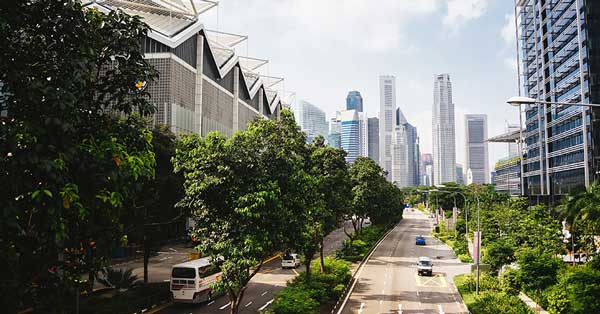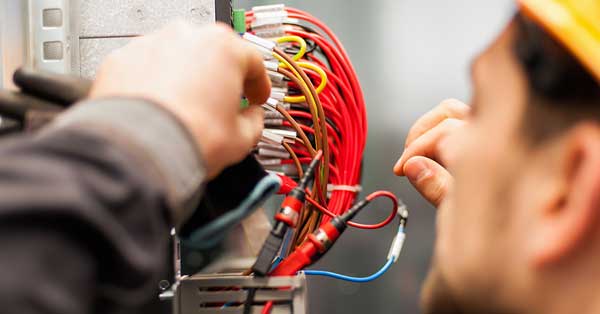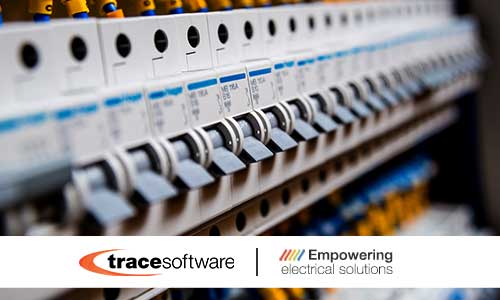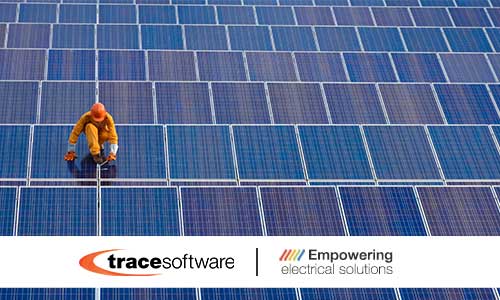BIM and sustainability
In the construction scenario, the term green made its first appearance in 1995. The architects used this word to emphasize the importance of the criterion of respect for the environment of their construction projects. With the passing of the years, the term green has been replaced by the term sustainable. It is preferable to talk about sustainable design because the term refers to a broader approach, which covers the entire life cycle of the construction: extraction of raw materials, location and manufacturing processes, durability, reuse and ability to recycle the material.
When we talk about sustainability, what are we talking about exactly?
The most commonly cited definition comes from the Brundtland Commission. Presented for the first time in 1992, at the World Earth Summit in Rio de Janeiro, Brazil, it stated that “sustainable development is a development that meets the needs of the present without compromising the ability of future generations to meet their needs“(Jahren and Tongbo 2013).
One of the biggest threats to the sustainability of the planet’s resources is the global climate change, driven by the emission of greenhouse gases, like CO2, in the Earth’s atmosphere.
The building industry
“The Global Construction 2030”- a PWC report – predicts that construction market will grow a 85% and will reach a value of $ 15.5 trillion by 2030. China, United States and India will account for 57% of all global growth. The growth of the construction sector will cause an increase of C02 emissions, if energy efficient tools are not implemented.
According to the International Energy Agency (IEA) report, the construction sector is responsible for 39% of carbon dioxide emissions globally.
To maintain C02 levels below 2 ° C, investments in efficient solutions must be accompanied by a change in consumer behavior, economic support from the government, new regulatory tools (i.e construction of energy codes), and new business models capable of attracting the interest of the private sector.
“We urgently need to move towards a pollution free planet, to tackle climate change and to drive sustainable development. We can only do that with decisive action in this sector. Technologically and commercially viable solutions exist, but we need stronger policies and partnerships to scale them up more rapidly. ” Erik Solheim – Executive Director United Nations Environment Program.
How can Building Information Modeling be considered a valuable tool for promoting sustainability strategies in the construction world?
Although the construction sector has been late in facing digitalization, the advent of new technologies has changed its logic. Digitalization is a process in which information and communication technology implement intelligent, interconnected and interoperable systems that allow improvements on multiple fronts: quality and data integration, the way information is managed and analyzed, time savings, error avoidance, and waste reduction. The simulation of the construction project and the management of all its phases, including the eventual demolition, takes place in a digital environment and takes shape through the collaborative action of all the construction operators. Thanks to energy modeling which became part of the design workflow – Building Energy Modeling (BEM), it is possible to mitigate environmental impact and improve energy performance by controlling greenhouse gas emissions, consumption of resources, waste production and pollutants during all phases of construction.
“Consequently, it is straightforward to evaluate the impact of proposed design changes. If a design change significantly affects the carbon footprint, this can be flagged and evaluated immediately, rather than being discovered at a later stage at high opportunity cost. On the other side, as the model can yield key price data alongside environmental performance parameters, an iterative design with BIM can help identify the best return on investment in terms of environmental performance. As the design process continues, the model is continually updated with the latest information from all contractors, subcontractors, and suppliers” (Sandvik Foughner– BIM as a tool for sustainable design)
The sustainability of the construction sector can be measured by defining how green the building is in terms of energy and material consumption during its construction, use, maintenance, and demolition. Each BIM model contains certain BIM objects, i.e. the various components of the building: doors, walls, windows, carpets, arches, electrical system components, etc. Therefore, a BIM object is not a simple digital 3D representation, but an intelligent object containing the metadata that describe what type of object it is, its classification, the performance values, the type of material, the expected duration, the manufacturer, maintenance, its behavior and also information on sustainability and energy efficiency and so on. This information is crucial for the management of the object throughout the entire life cycle of the construction project. A better management of resources, thanks to the BIM objects database, guarantees improved efficiency during the entire building life process.
The electricity sector
BIM is still little used in the electricity sector, even if it can bring important advantages in terms of energy efficiency as errors and wastes are reduced.
Unfortunately, many activities are still carried out outside the digital model, such as the power balance, the wiring system connecting the sources and loads to the protective equipment, the sizing of the cables themselves, and the coordination with other disciplines such as the thermomechanical one.
Loads, generators, transformers, and electrical panels can be represented in the model by using generic objects. These components must be inserted into appropriate electrical circuits that also include control devices, protective equipment, and connecting cables.
elec calc™ BIM is the first software in the world that integrates the electrical calculations into the Open BIM process. It is equipped with an auto-routing feature that proposes the most suitable route to lay cables. Alternatively, the designer can decide to do this manually by choosing the preferred location. Following the placement of cables on the cable trays and ducts, the designer will have to check the compliance with specific requirements regarding the maximum degree of filling and the weight of the ducts. Also, elec calc™ BIM provides valuable help by making available data on the percentage of filling and weight of the cable routes, in addition to the complete list of cables that run them. To get this information, simply select it in the 3D viewer.
The software allows associating an object present in the 3D model with a component inserted in the single-line diagram.
The user can automatically draw the one-line scheme by using macros. In fact, it is possible to create a custom library containing a series of standard circuits, which represent how the receiver is fed, protected and controlled.
By using elec calc™ BIM, professionals can benefit from the latest in electrical calculation efficiency within the BIM process. In fact, a more rigorous and integrated design leads to lower construction costs, through less waste. Furthermore, the software allows improved risk management as it is possible to count on more reliable information.
You can request a trial






